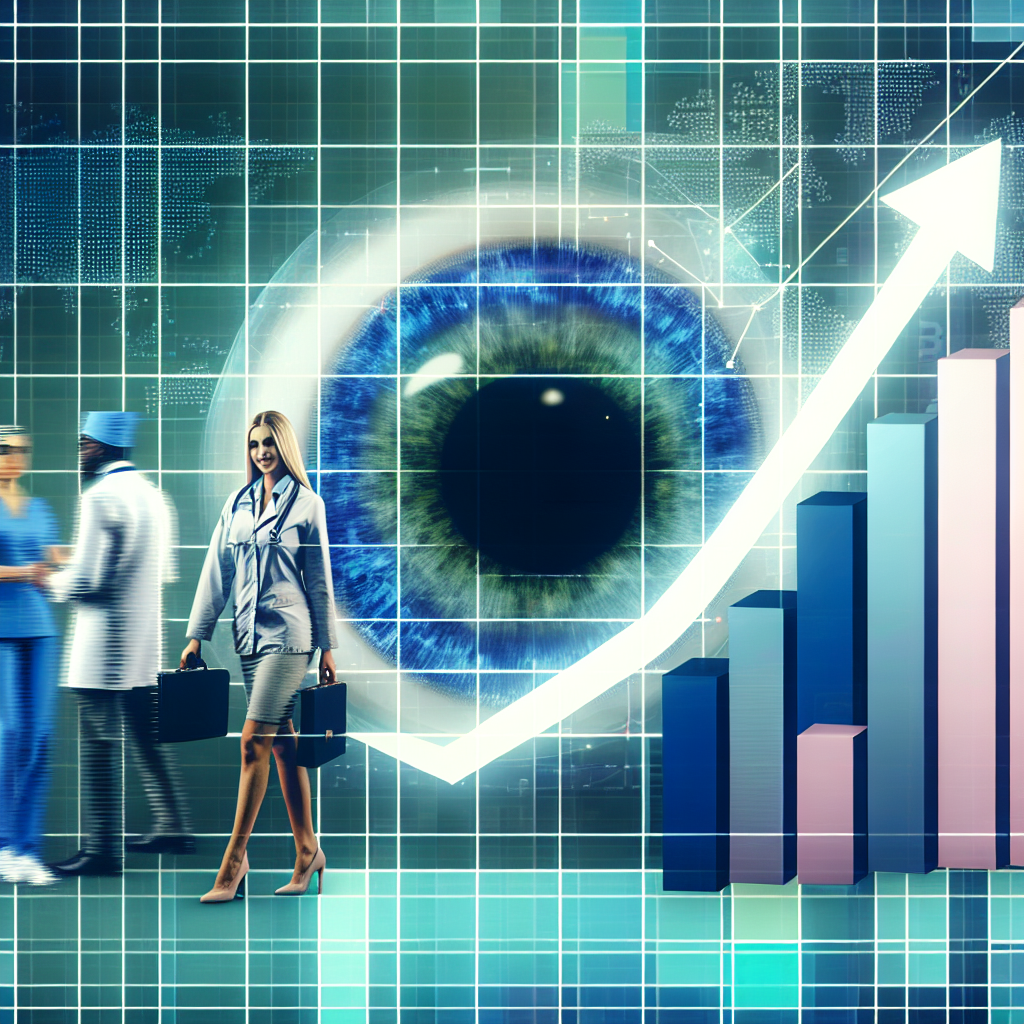Explore the growing market of computer vision in healthcare: trends, sizes, shares, and forecasts. Unlock potential with AI-driven insights.
Computer Vision in Healthcare Market Size | Trend | Share | And forecast

Table of Contents
- Exploring the Expansive Growth of Computer Vision in Healthcare: Market Size, Trends, and Forecasts
- Current Market Overview
- Key Trends Shaping the Market
- Impact of Computer Vision Across Various Healthcare Domains
- Diagnostic Imaging
- Surgical Assistance
- Remote Patient Monitoring
- Case Studies Highlighting Successful Implementation
- Future Outlook and Market Forecasts
- Conclusion
Exploring the Expansive Growth of Computer Vision in Healthcare: Market Size, Trends, and Forecasts

The integration of computer vision technology in healthcare is revolutionizing the way medical professionals diagnose, treat, and manage diseases. With its ability to accurately interpret and analyze medical images, computer vision is becoming an indispensable tool in hospitals, clinics, and research facilities worldwide. This article delves into the current market size, emerging trends, and future forecasts of computer vision in the healthcare sector, providing a comprehensive overview for stakeholders and interested observers alike.
Current Market Overview
The global market for computer vision in healthcare has witnessed substantial growth over the past few years. According to a report by Grand View Research, the market was valued at approximately USD 3.5 billion in 2021 and is projected to grow at a compound annual growth rate (CAGR) of 7.6% from 2022 to 2030. This growth is driven by several factors including advancements in AI and machine learning, increasing healthcare IT adoption, and the rising demand for image-guided diagnostic and therapeutic procedures.
Key Trends Shaping the Market
Several trends are currently shaping the market dynamics of computer vision in healthcare:
- Integration of AI with Medical Imaging: AI algorithms enhance the capabilities of computer vision systems to analyze complex medical images, leading to more accurate and faster diagnoses.
- Expansion in Telemedicine: Computer vision is playing a crucial role in telemedicine by enabling remote diagnosis and monitoring, thus expanding healthcare access to rural and underserved areas.
- Advancements in Robotic Surgery: Robotic systems equipped with computer vision are being increasingly used for performing precise and minimally invasive surgeries.
- Wearable Health Technology: Wearables equipped with computer vision technology are enhancing patient monitoring by analyzing data collected from visual inputs.
Impact of Computer Vision Across Various Healthcare Domains
Computer vision technology is making significant impacts across various domains of healthcare:
Diagnostic Imaging
Computer vision systems are extensively used in radiology to analyze X-rays, CT scans, and MRI images. They help in detecting anomalies such as tumors, fractures, or abnormalities in the body with high accuracy. For instance, AI-driven tools like Zebra Medical Vision and Aidoc provide radiologists with advanced image interpretation capabilities, reducing diagnostic errors and improving patient outcomes.
Surgical Assistance
In the operating room, computer vision systems assist surgeons by providing real-time imagery that enhances surgical precision. Companies like Intuitive Surgical have developed robotic systems that use computer vision to guide surgeons during complex procedures, thereby improving surgical outcomes and reducing recovery times.
Remote Patient Monitoring
Computer vision is also transforming remote patient monitoring by enabling the analysis of visual data collected through mobile devices. This technology allows for continuous monitoring of patients with chronic conditions, improving the management of diseases outside traditional clinical settings.
Case Studies Highlighting Successful Implementation
Several healthcare institutions and companies have successfully implemented computer vision technologies:
- Google’s DeepMind Health: DeepMind has collaborated with Moorfields Eye Hospital NHS Foundation Trust to develop an AI system that can recommend the correct referral decision for over 50 eye diseases as accurately as world-leading expert doctors.
- PathAI: PathAI is using computer vision and machine learning to assist pathologists in making more accurate and efficient diagnoses of diseases like cancer, leading to better patient outcomes.
Future Outlook and Market Forecasts
The future of computer vision in healthcare looks promising with several developments on the horizon:
- Enhanced Diagnostic Procedures: Ongoing research and development are expected to enhance the diagnostic capabilities of computer vision systems, making them more accurate and faster.
- Increased Adoption in Emerging Markets: As healthcare systems in emerging markets continue to mature, the adoption of advanced technologies like computer vision is expected to increase.
- Regulatory Support: Increasing support from regulatory bodies for AI-based medical devices and software will likely boost market growth.
According to MarketsandMarkets, the computer vision in healthcare market is expected to reach USD 7.3 billion by 2025, driven by these advancements and increased adoption.
Conclusion
The integration of computer vision in healthcare is transforming the landscape of medical diagnostics, treatment, and patient care. With its ability to provide precise and efficient analysis, computer vision is not only enhancing the capabilities of healthcare professionals but also improving patient outcomes. As technology advances and adoption increases, the market is set to expand further, promising exciting developments in the healthcare sector.
Stakeholders in the healthcare industry should consider investing in computer vision technologies to stay ahead in the rapidly evolving medical landscape. With its vast potential, computer vision is poised to become a cornerstone of modern healthcare systems.








